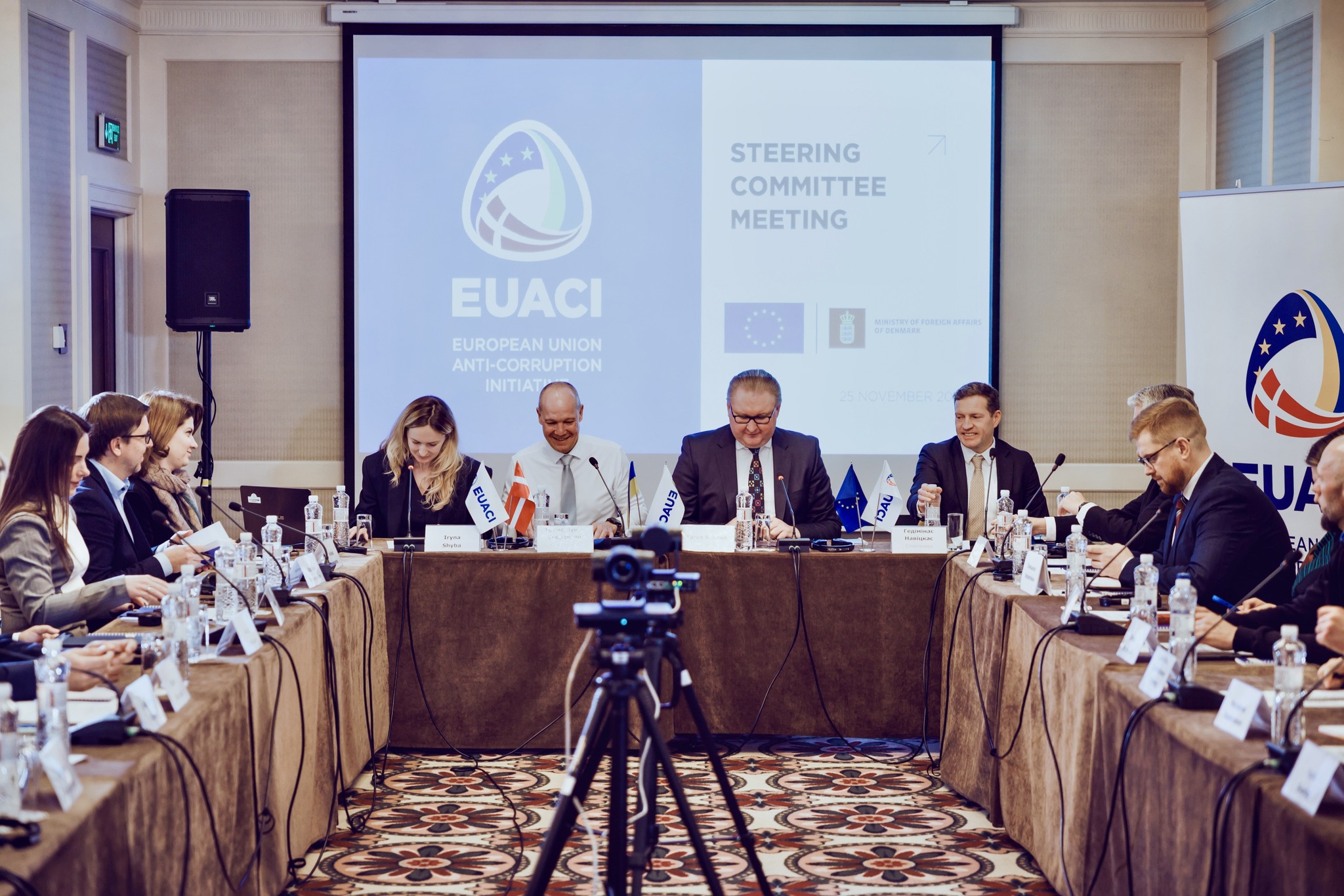The Reconstruction of Ukraine’s critical infrastructure requires not only quick decisions but also clarity and transparency. To ensure the effective and integrity use of funds, the Agency for Restoration’s team officially launched the first stage of the IT-based Procurement Risk Management System. This is the first system in Ukraine like this. It was developed with the support of the EU Anti-Corruption Initiative.
This new tool aims to make procurement processes more transparent and efficient, ultimately contributing to the successful and high-quality implementation of reconstruction projects.
The system includes 21 automated risk indicators, 16 parameters to assess procurement results, and 6 customizable filters.
What can the system do?
- Automatically analyze procurements and identify potential risks before the contracts are awarded to the potential contractors.
- Monitor compliance with procurement procedures, detect potential violations, and assess the outcomes of completed procurements.
- Compare procurement results across different Regional Offices for Restoration based on key parameters.
The plans for 2025 include expanding the functionality of the system. In particular, a “risk constructor” will be developed to allow the system to flexibly adjust to new challenges while the artificial intelligence elements will be gradually introduced for deeper analysis of large data sets.
Additionally, a similar internal procurement monitoring system will be implemented for the local authorities and state bodies this year.


